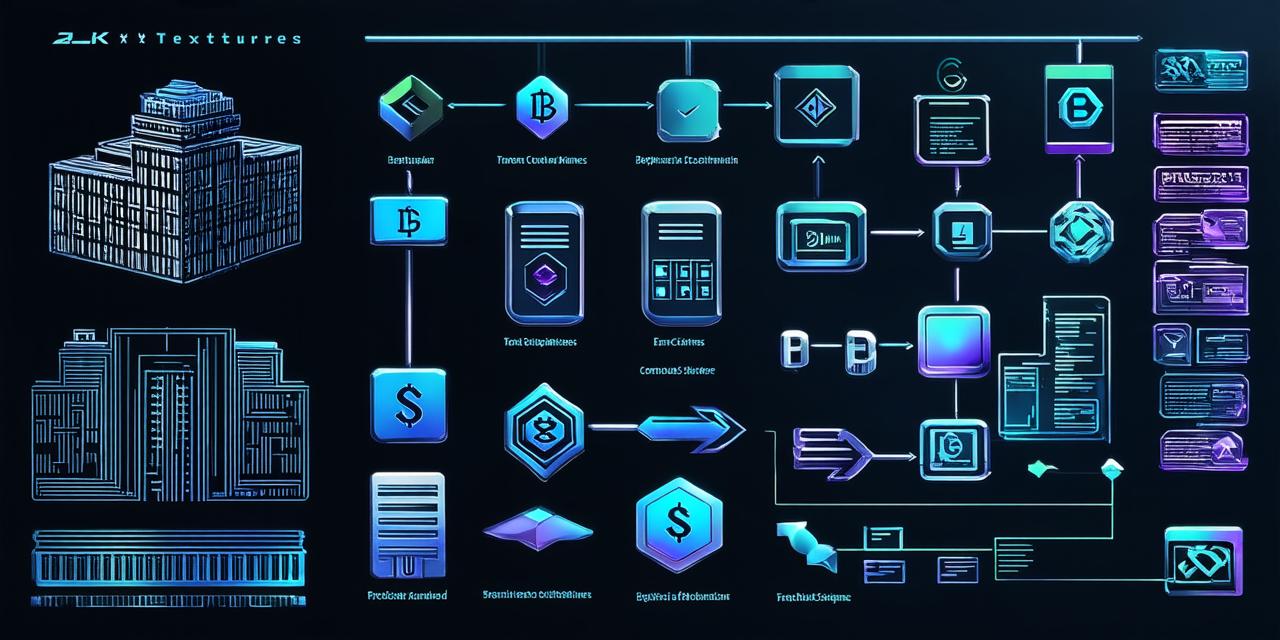Building a blockchain is a complex task that requires a deep understanding of distributed systems, cryptography, and software development. However, with the right knowledge and resources, anyone can create a blockchain that solves specific problems or meets specific requirements. In this article, we will provide a step-by-step guide to building a blockchain, along with best practices and real-life examples to help you get started.
What is a Blockchain?
Before we dive into the technical details of building a blockchain, let’s first understand what it is. A blockchain is a decentralized, distributed ledger that records transactions in a secure and transparent manner. It allows multiple parties to share data and trust each other without the need for intermediaries or central authorities.
Blockchains have several key features:
- Decentralization: The network is operated by multiple nodes, which means there is no single point of failure or control.
- Distributed ledger: The ledger is shared across the network, which means that all participants have access to the same data.
- Cryptography: Transactions are secured using cryptographic algorithms, which make it difficult to alter or falsify data.
- Immutability: Once a transaction is recorded on the blockchain, it cannot be changed or deleted.
Building a Blockchain from Scratch
Now that we have an understanding of what a blockchain is, let’s look at the technical details of building one from scratch. There are several different types of blockchains, including public, private, and consortium blockchains. In this article, we will focus on building a public blockchain.
Step 1: Choose a Consensus Mechanism
The consensus mechanism is the algorithm that ensures all nodes in the network agree on the state of the ledger. There are several different consensus mechanisms, including proof-of-work (PoW), proof-of-stake (PoS), and delegated proof-of-stake (DPoS). Each has its own advantages and disadvantages, and the choice will depend on the specific requirements of your blockchain.
Step 2: Design the Blockchain Architecture
The architecture of your blockchain will depend on the specific requirements of your application. Some key considerations include:

- Smart Contracts: Smart contracts are self-executing contracts with the terms of the agreement between buyer and seller being directly written into lines of code. They can be used to automate complex processes and ensure that transactions are executed according to predefined rules.
- Consensus Nodes: These are the nodes that validate transactions and create new blocks on the blockchain. They will need to have sufficient computing power and resources to handle the load.
- Storage: The blockchain will require a significant amount of storage, as each block contains a record of all transactions. This can be managed using a variety of technologies, including local storage, cloud storage, or distributed storage systems like IPFS.
Step 3: Implement the Blockchain Code
The implementation of your blockchain code will depend on the programming language and framework you choose. Some popular options include Solidity for Ethereum, Go for Hyperledger Fabric, and Rust for Bitcoin. It is important to carefully test your code and conduct thorough security audits before deploying it to a production environment.
